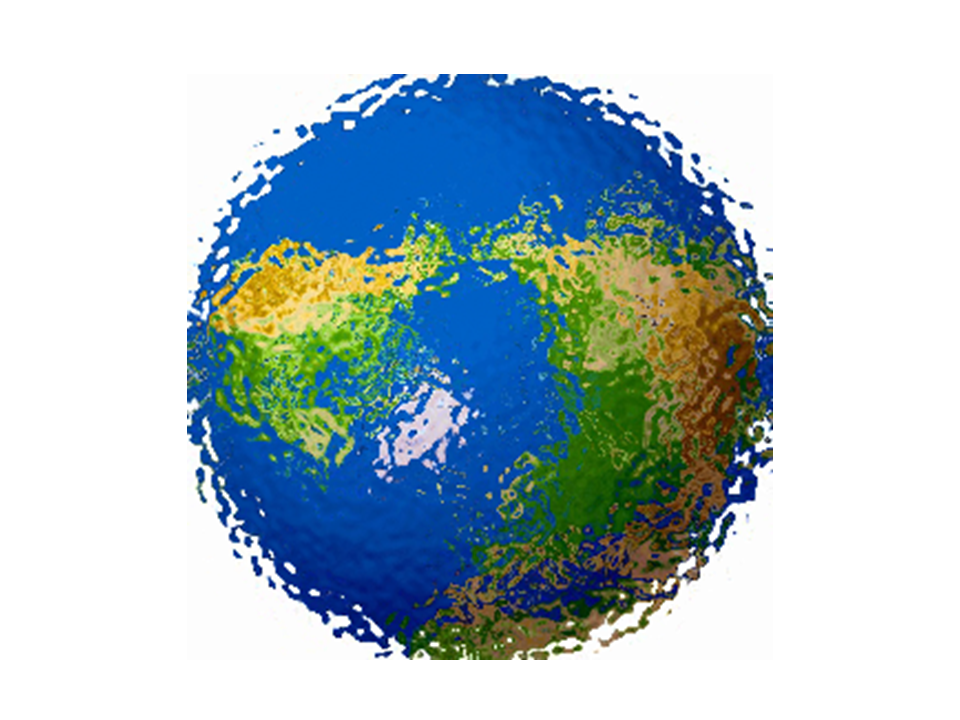Pick Up
901. Exploring the Limits of Enduring Dangerous Heat Wave

901. Exploring the Limits of Enduring Dangerous Heat Wave
Despite the recent abrupt shift to colder temperatures, this year's unprecedented summer heat has captured the world's attention. The World Meteorological Organization declared last month the hottest October on record, marking the fifth consecutive month of record-high temperatures since June.
The Lancet Countdown 2023 report, released November 15, underscores the escalating severity of deadly heat waves attributed to human-caused global warming. An October article in PNAS explores the limits humans face in dealing with extreme heat.
In 2007, the Intergovernmental Panel on Climate Change (IPCC) released a landmark report, AR4 Climate Change 2007: Impacts, Adaptation, and Vulnerability, the world's first comprehensive assessment of its kind. At the time, there was little literature on the limits of heat wave tolerance, with the assumption that humans could tolerate global warming of up to 12°C, albeit at considerable cost.
Recent studies challenge this assumption, showing that human tolerance to heat stress is more limited than previously thought. If global warming is not adequately mitigated, certain areas of the Earth could become uninhabitable for humans.
Heat stress depends on rising temperatures and humidity, both of which have been increasing in recent years. The Clausius-Clapeyron equation indicates that the water vapor content of the atmosphere increases by 6 to 7% for every 1°C increase in temperature. The significant contribution of humidity to atmospheric heat gain has long been overlooked.
According to a recent study that introduced a wet bulb temperature (WBT) that takes into account both air temperature and humidity, the upper threshold of heat that the human body can tolerate is 35°C WBT. Beyond this point, maintaining a normal deep body temperature of 37°C becomes thermodynamically impossible. The 35°C Tw value, considered the survival limit for humans, represents an upper limit under optimal conditions of shade, hydration, and rest, with realistic limits expected to be significantly lower. Recent physiological research suggests that heat stress, associated with over-regulation of human thermoregulation and associated health risks, may manifest at Tw31°C or even lower.
Several regions are identified as particularly vulnerable, including sub-Saharan Africa, eastern China, the Indus River Basin and the Persian Gulf. These areas face heat stress even with a global average temperature increase of less than 2°C, with dangerous heat waves expected for at least one week per year, and possibly longer in some cases, if temperatures exceed 2°C. With a projected temperature increase of 4°C, areas affected by heat waves are expected to expand to include the Americas, the Middle East, much of South and East Asia, and northern Australia.
While the lack of a significant increase in mortality to date may indicate human physiological adaptation, prolonged exposure to elevated deep body temperatures due to thermoregulation may result in adverse effects such as organ damage. It is important to recognize the significant individual differences in age, health, and physical fitness.
Surviving in a world that regularly experiences dangerous heat stress will require significant behavioral and technological adaptations, potentially affecting lifestyles and productivity. For example, millions of Muslims may face challenges making the annual pilgrimage to Mecca due to extreme heat. Supply chain disruptions could occur as outdoor work becomes possible only for a few hours a day. The use of air conditioning may be out of reach for many residents in vulnerable countries, leading to increased reliance on air conditioning, reduced adaptation to heat stress, and worsening health conditions. Wildlife and livestock are also expected to suffer more than humans in the future.
The omission of heat wave processes in global climate models means that the exposure to local wet bulb temperatures in certain areas is underestimated. Factors such as the urban heat island effect and increased humidity during the rainy season, which are often overlooked in climate observations, pose significant risks. In agricultural regions, irrigation can increase humidity and exacerbate heat stress. Slight increases in near-limit Tw values could significantly increase vulnerability to heat waves, with changes in humidity being a more critical factor than temperature, requiring vigilant monitoring and response.
Achieving the Paris Agreement's goal of a temperature increase of less than 2°C can help maintain a habitable, if not entirely comfortable, planet that stays within its heat stress limits, minimizing global overshoots.
Reference
Steven C. Sherwood, Emma E. Ramsay. Closer limits to human tolerance of global heat. PNAS.
October 13, 2023. 120 (43) e2316003120
https://www.pnas.org/doi/10.1073/pnas.2316003120
Contributors: Solongo TUMUR and IIYAMA Miyuki (Information Program)
